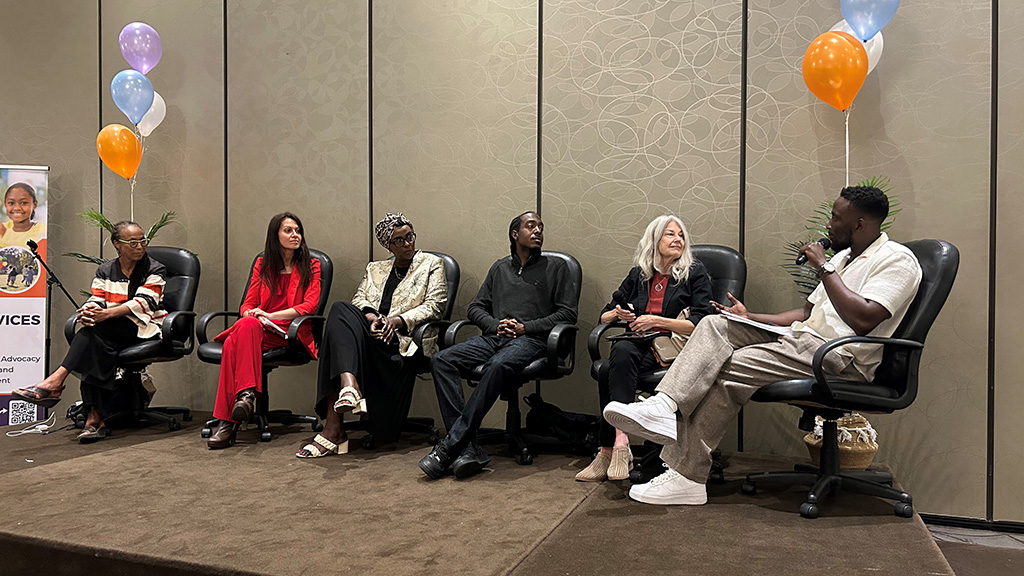Parents and educators got some insight into how to get more underrepresented groups into STEAM — science, technology, engineering, arts and math — and it all starts in the classroom.
“It’s important for teachers to have high expectations of their minority students, Black students especially,” said Angelo Grant, a University of Toronto student who was part of a recent roundtable discussion at the Bright Hope Symposium.
“That’s an important driver of a student being passionate about what they are learning and what they are studying in school. In my experience, the expectation was never that you’d be a high achiever if you were a Black student. The assumption was just that you would be an average or less student and it was kind of on you to prove the teacher otherwise.”
Held in Mississauga, Ont. the session was billed From Early Exposure to Workplace Diversity: Strategies for Building a More Inclusive and Accessible STEAM Pipeline. It was organized by Patches 360, a social non-profit agency, dedicated to providing programs for children and youth.
“I encourage parents to maybe broaden your scope,” said Grant. “We want to encourage kids to be the best that they can be, but they can be things other than doctors and lawyers and engineers.
“I also want to encourage teachers and educators and parents to really encourage your students to give feedback and to dream up an alternative reality to what’s already out there.”
Another important topic the speakers touched on was representation in STEAM fields.
Judy Mendaglio of the Ontario Association for Mathematics Education said even the material that is being taught is an issue for underrepresented students, but changes are being made to the curriculum.
Dahabo Ahmed-Omer, executive director of The BlackNorth Initiative, said the more young girls see themselves represented in these fields the more possible it seems.
“For the teachers and the educators in the room be limitless with your students,” she said. “They can probably achieve a whole lot more than you probably have imagined and you probably instilled in them more than you can think of.”
As an immigrant, she remembers coming from Somalia and being able to walk down the street and go to school.
“Think about how you teach your children, and I say your children because you are educators and you are teachers, they are your children during that time that they are with you,” explained Ahmed-Omer.
“How do you upkeep that opportunity for children who are immigrants and coming from places that this would never be a reality for them. You are probably a dream come true for them and how do you live up to that? It’s a huge responsibility. It’s also an incredible opportunity for you.”
Emilia Ligeti from Liberty Power said there is a way to deal with unconscious biases that people have.
“I believe that corporate cash can be easily spent on training to mitigate unconscious bias,” she said. “This is something that we learn, this is something that we picked up. I do have success stories from organizations who do these trainings and all it does is you have to be an attentively listening manager to understand what it takes to come into workplaces from underrepresented groups…and what their motives and barriers could be: lack of resources, technology and all the other 10 million barriers that they face. How is it that we can keep them on the job?”
Students have a very small world view and it’s not until they go to university that they see how big the world truly is, noted Mendaglio.
“Even in Grade 12, when they’re applying to university programs, they are still seeing things in a way that is a Grade 12 level of understanding of the world,” she said.
“When they get to university their world explodes. It becomes so big. I always tell students, ‘You think you know what you want to be but then that’s based on what you know of the world at your age. Wait until you get there. The program that you think you need to get into so badly is probably going to be the program you leave because you are going to find out about something else you didn’t know existed.’”
Follow the author on Twitter @DCN_Angela



Recent Comments